
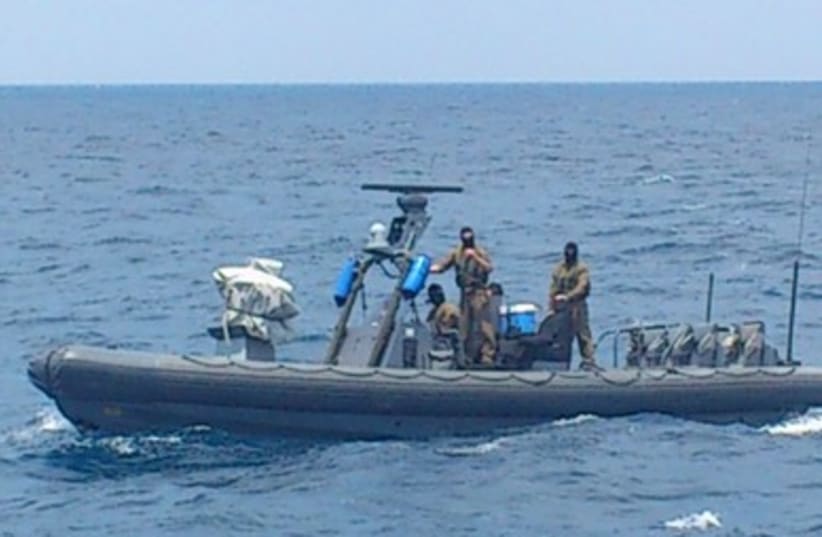
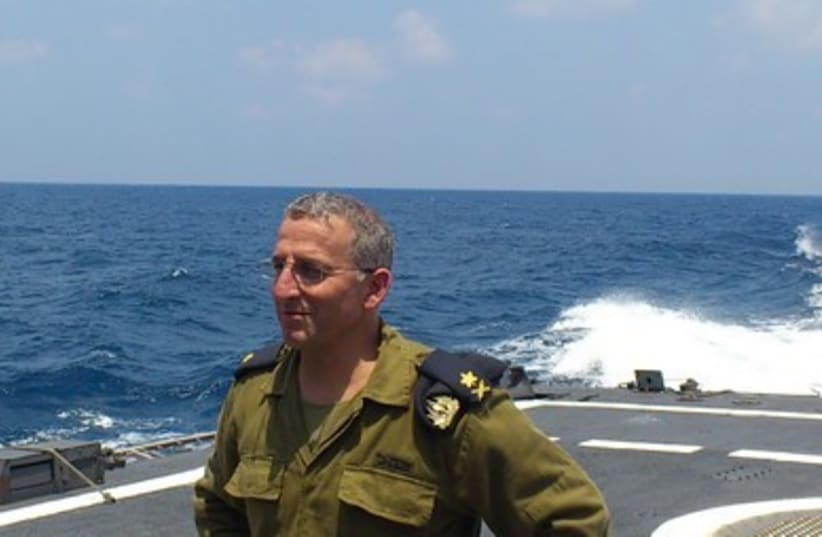
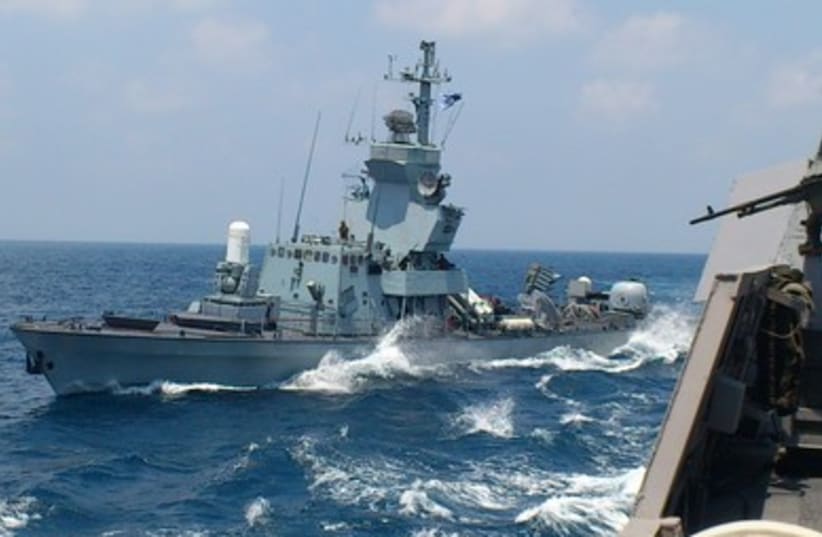
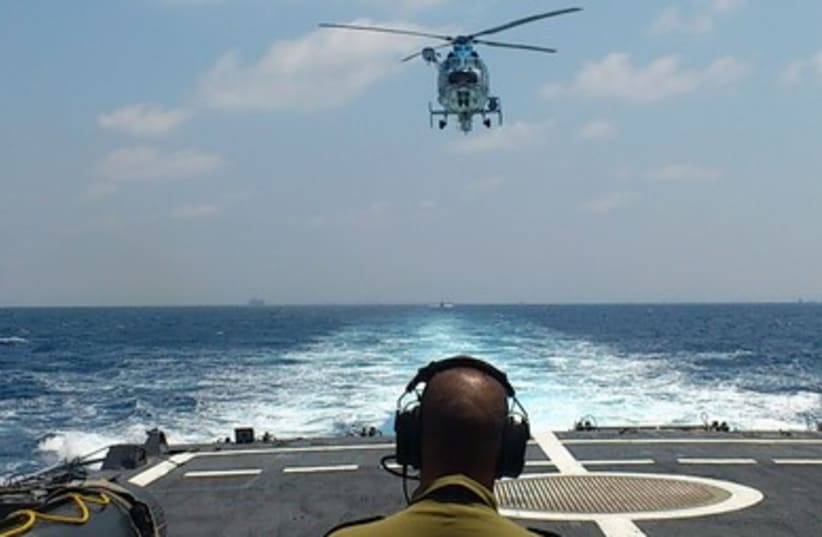
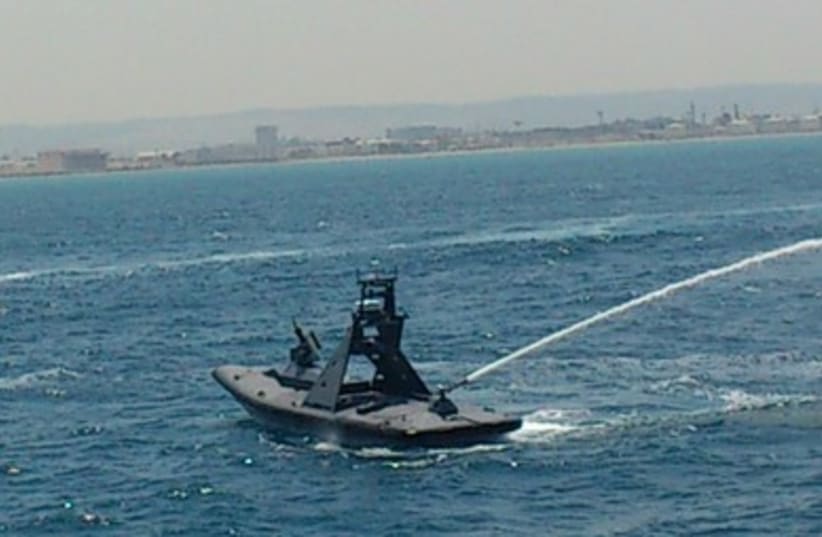

The IDF General Staff recently approved the navy’s request to purchase four new vessels that it will use to deploy at gas rigs that are under construction in the Mediterranean Sea and expected to begin operations in 2013. The request is now pending government approval.The navy is looking to purchase four 1,200-ton vessels which will be required to accommodate an advanced radar system, a helicopter as well as a launch system capable of firing long-range air defense and surface-to-surface missiles.OC Navy Adm. Ram Rothberg said that the navy needed the new ships to effectively protect the state’s economic waters, the gas rigs and the pipelines that will carry the gas to Israelis shores.“The size of the gas reservoirs is larger than the size of the State of Israel and has significant consequences for how we operate and how we grow,” Rothberg told reporters during a briefing on the INS Lahav, one of the navy’s Sa’ar 5-class corvettes. “The main solution is to be present in the area to protect the rigs and ensure that the gas reaches Israel.”The navy is also considering deploying missile interceptors on the gas rigs to protect them from surface-to- surface missiles as well as anti-ship missiles. Alternatively, if a ship, equipped with the Barak missile defense system is deployed nearby, it will be able to protect gas rigs from incoming missiles.As reported Sunday in The Jerusalem Post, the navy is also looking to install short-and long-range surface-to-surface missiles on new vessels to assist large IDF ground offensives either in the Gaza Strip, Lebanon or Syria. The missiles could be used to attack enemy installations – bases or radar stations – and to provide fire support for ground forces.Rothberg said that the navy had increased its training over the past year and was focusing on improving its interoperability with the IDF’s other branches – particularly the air force and the ground forces.“The navy will play a critical role on any front, or war,” he said.The navy is specifically concerned with the proliferation of anti-ship missiles throughout the region. During the Second Lebanon War in 2006, a Hezbollah-fired anti-ship missile hit the INS Hanit, killing four sailors and causing extensive damage to the ship. The navy said that an Iranian radar-guided missile operated by Hezbollah hit the ship.Since then, Hamas and Islamic Jihad have also tried to obtain anti-ship missiles, demonstrated by the navy’s seizure of the Victoria cargo ship in 2011, which was carrying Iranian C-704 anti-ship missiles bound for Gaza.In addition, the navy is concerned with Syria’s recent purchase of the Russian Yakhont anti-ship missile, which could be transferred to Hezbollah. Syria already tested the Yakhont in recent maneuvers and the missile is said to have a range of about 300 km.“The navy has learned the lessons of the Second Lebanon War and is today prepared for every front and threat against any enemy in any place and at any time,” Rothberg said. “The Yakhont is a significant weapon and the navy knows how to provide a response for all different missile threats on every possible front.”
